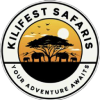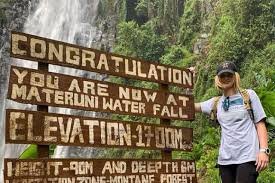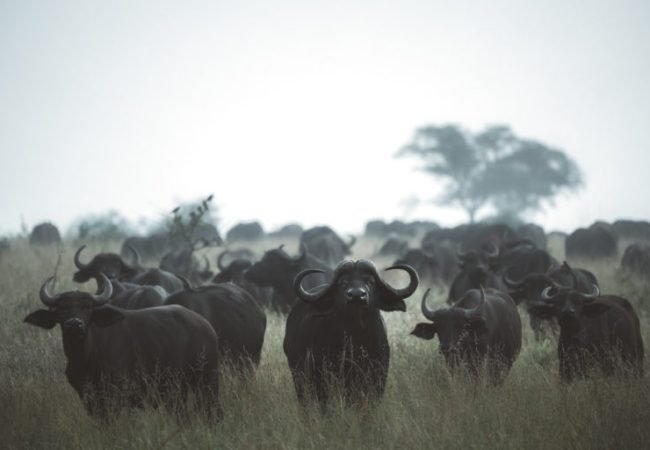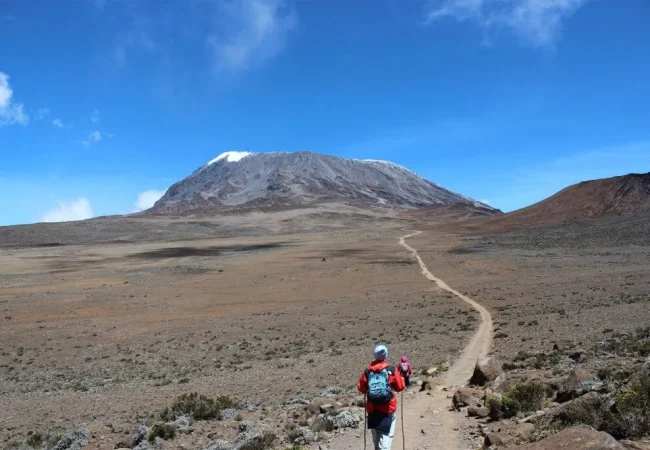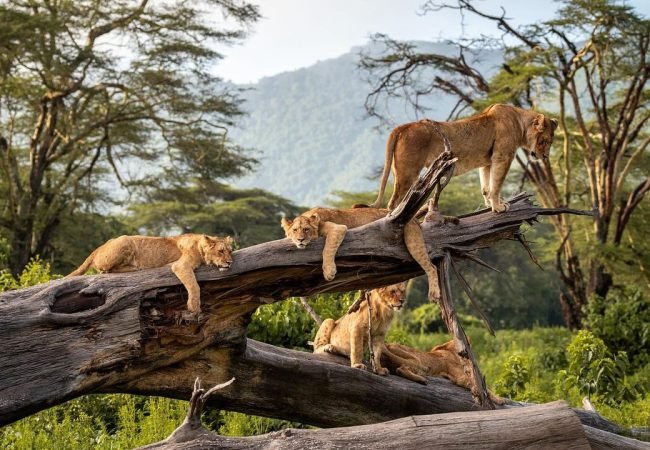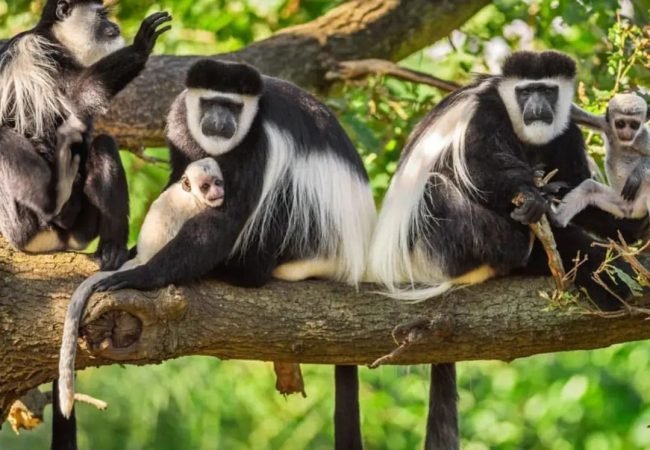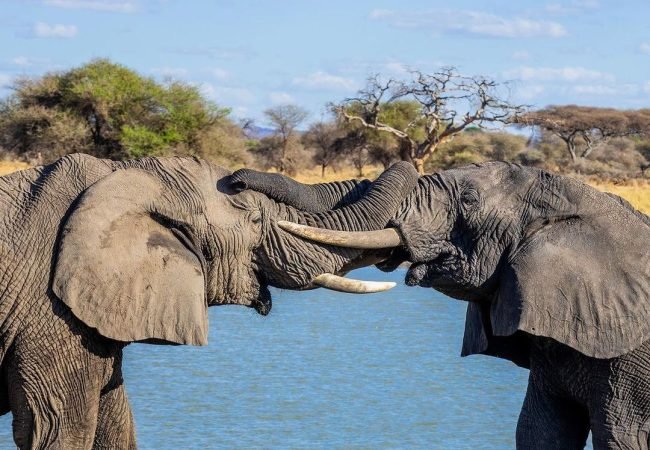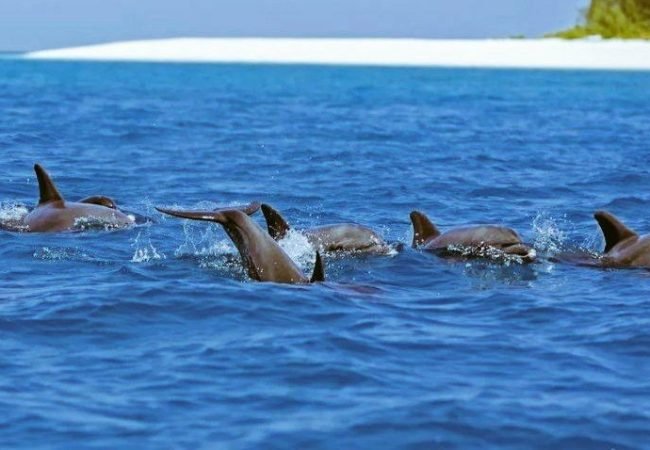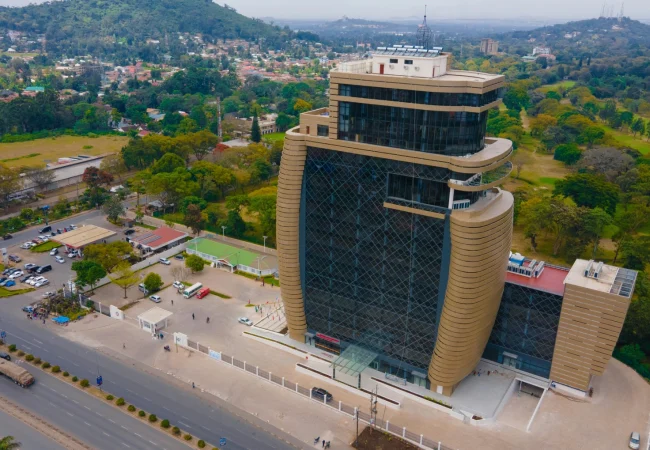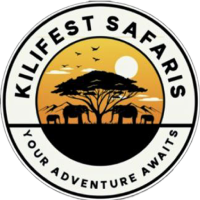
Our Destinations
info@kilifestsafaris.com
Kilimanjaro National Park
- Home
- Kilimanjaro National Park
Overview
Kilimanjaro National Park is home to Africa’s highest peak, Mount Kilimanjaro, a UNESCO World Heritage Site and one of the most iconic landmarks in the world. Rising 5,895 meters (19,341 feet) above sea level, this majestic, snow-capped volcano is a dream destination for adventurers and nature lovers alike. The park itself covers an area of 1,688 square kilometers and encompasses a variety of ecosystems, from tropical rainforests at the base to barren alpine deserts and glaciers near the summit. Kilimanjaro’s diversity in flora and fauna is as impressive as its height, making it a prime destination for trekkers and wildlife enthusiasts.
Whether you seek the challenge of summiting Uhuru Peak or the opportunity to experience breathtaking landscapes and unique wildlife, Kilimanjaro National Park offers an unforgettable adventure.
Highlights
- Mount Kilimanjaro: The main attraction and Africa’s tallest mountain, offering multiple routes for climbers of varying skill levels.
- Diverse Ecosystems: Trek through five distinct climate zones—from dense rainforests teeming with wildlife to barren, lunar-like deserts.
- Wildlife: The park is home to animals such as colobus monkeys, elephants, leopards, and a variety of bird species, especially in the lower forests.
- UNESCO World Heritage Site: Recognized for its unique geological features and biodiversity, Kilimanjaro is a symbol of conservation in Africa.
- Trekking Routes: Popular trekking routes include Machame, Marangu, Lemosho, and Rongai, each offering different challenges and scenic beauty.
Trekking Routes
- Machame Route (“Whiskey Route”) – Known for its scenic beauty, this route is favored by trekkers who seek a more challenging climb.
- Marangu Route (“Coca-Cola Route”) – The only route offering hut accommodation, making it a less rugged option, though still challenging.
- Lemosho Route – Ideal for acclimatization, this route offers a longer journey through scenic landscapes and fewer crowds.
- Rongai Route – The only route that approaches Kilimanjaro from the north, providing a different perspective and a quieter climb.

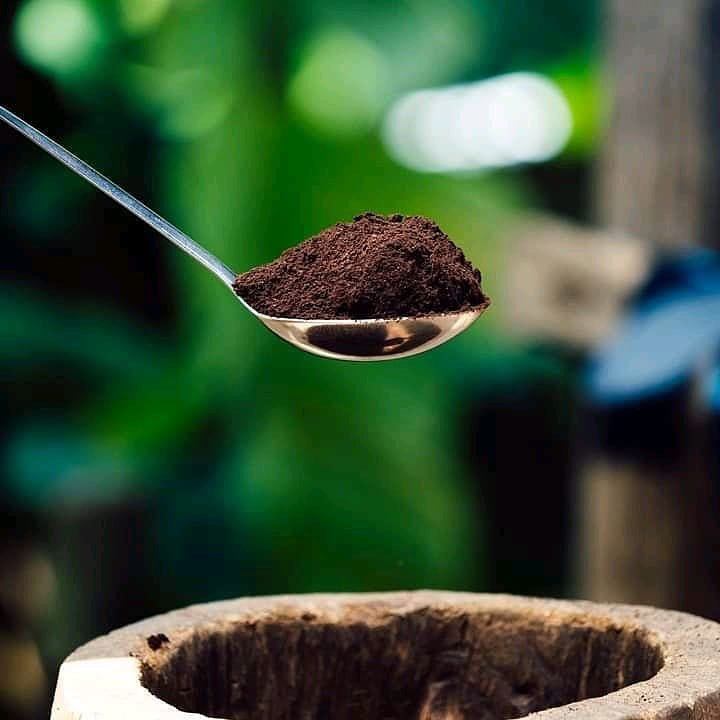
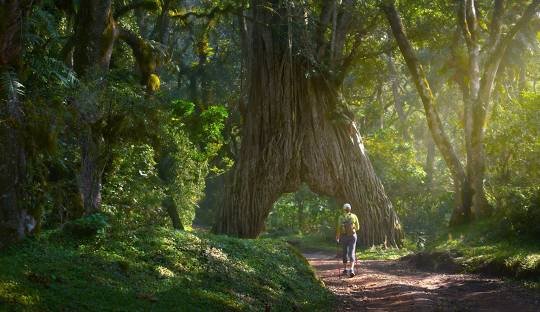



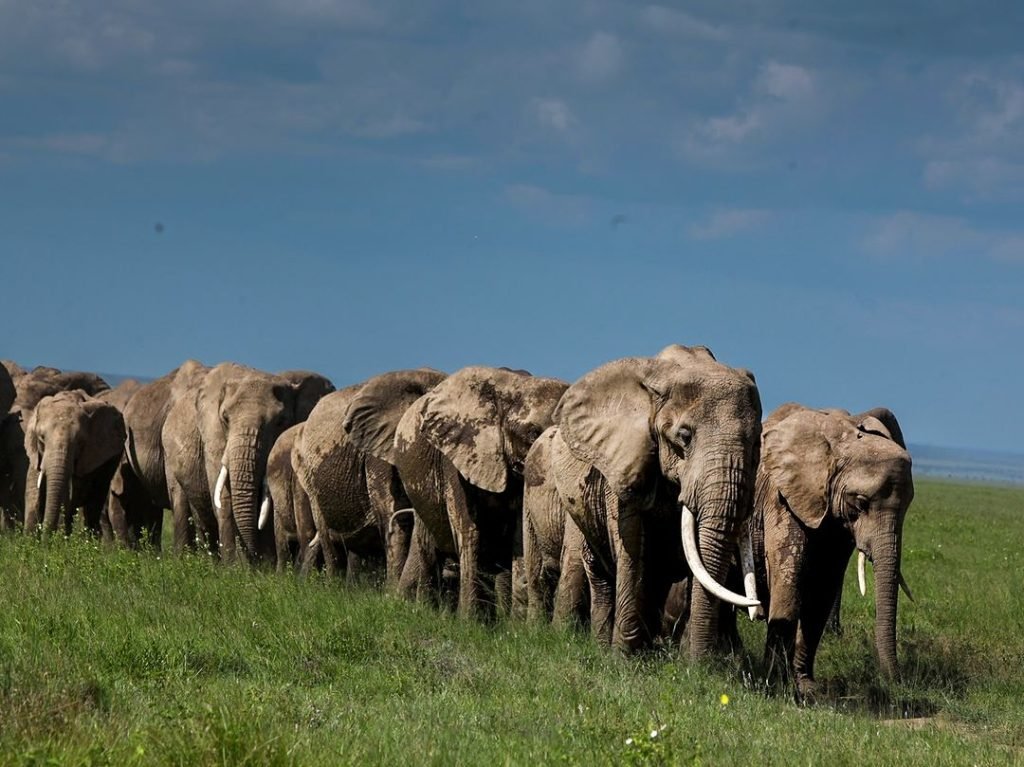
Flora and Fauna
Kilimanjaro National Park features a remarkable diversity of plant and animal life. The lower regions are dominated by lush rainforests, home to various wildlife species, including blue monkeys, colobus monkeys, and bush babies. As you ascend, the vegetation changes to heath and moorlands covered with giant lobelias and groundsels. Higher up, the landscape transforms into an arid, alpine desert before finally giving way to the glaciated summit, where few plants survive in the thin air.
Best Time to Visit
- January to March: Cooler temperatures and clear skies, offering an excellent chance to summit.
- June to October: The dry season, perfect for trekking, with minimal rain and milder weather.
- November and April-May: Rainy seasons, making climbs more challenging due to slippery paths.
Conservation and Responsible Tourism
Kilimanjaro National Park plays a vital role in the conservation of Tanzania’s natural heritage. Sustainable tourism practices are encouraged to preserve its fragile ecosystems. Climbers are urged to adhere to leave-no-trace principles, minimize waste, and respect local cultures and traditions.
Kilimanjaro National Park offers more than just the chance to conquer one of the world’s highest mountains—it provides an immersive experience in a landscape of unparalleled beauty, biodiversity, and cultural richness. Whether you’re looking to stand atop Uhuru Peak or simply explore the scenic trails and wildlife, Kilimanjaro National Park is a destination like no other.
Kilimanjaro National Park

10% Off
For Your First Book
Kilimanjaro National Park Location.
Recommended Package
Starting From:
Sh1,399TAXES INCL/PERS
Starting From:
Sh798/PERS
Starting From:
Sh1,981/PERS
Starting From:
Sh1,560TAXES INCL/PERS
Adventure Safari
Starting From:
Sh1,890TAXES INCL/PERS
City and Culture Tour
Join the Newsletter
To receive our best tour Deals


